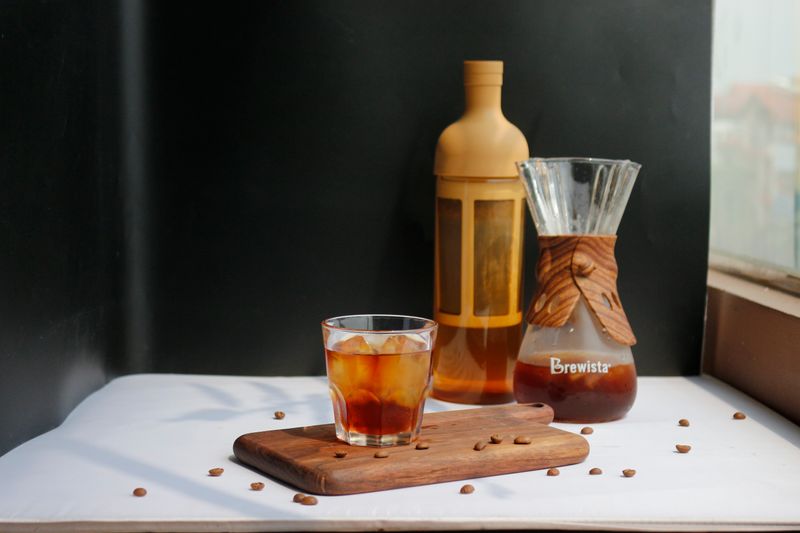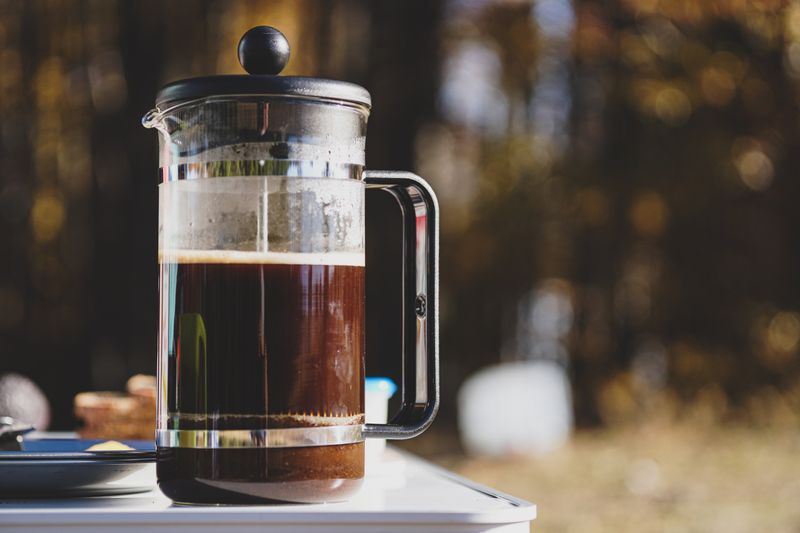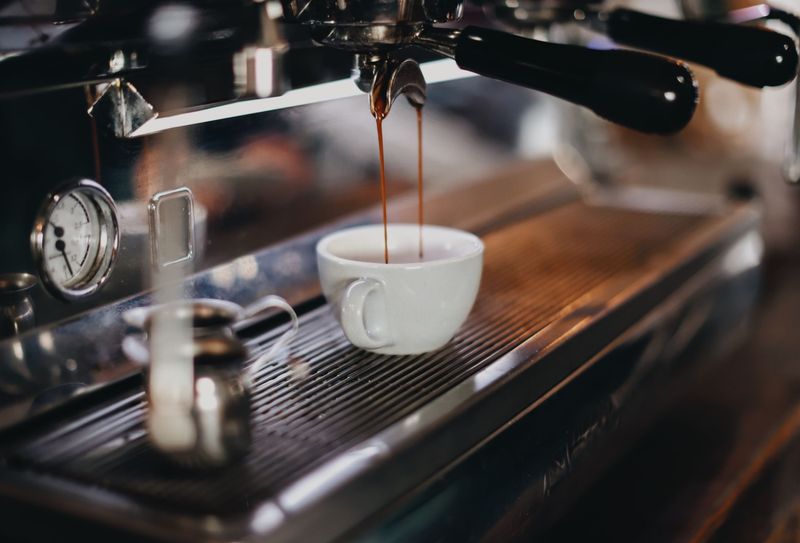
This logo isn't an ad or affiliate link. It's an organization that shares in our mission, and empowered the authors to share their insights in Byte form.
Rumie vets Bytes for compliance with our
Standards.
The organization is responsible for the completeness and reliability of the content.
Learn more
about how Rumie works with partners.
Did you know that every day more than two billion cups of coffee are consumed around the world?

If you're a coffee lover and want to learn how to make a great-tasting cup of coffee, then the key is to:
know how to select good quality coffee beans
be aware of different types of roasts and identify their freshness
be open to experimenting with various brewing techniques

Did you know?
Coffee Plant
A coffee bean is actually a seed of the coffee cherry fruit that grows on the coffeaplant.
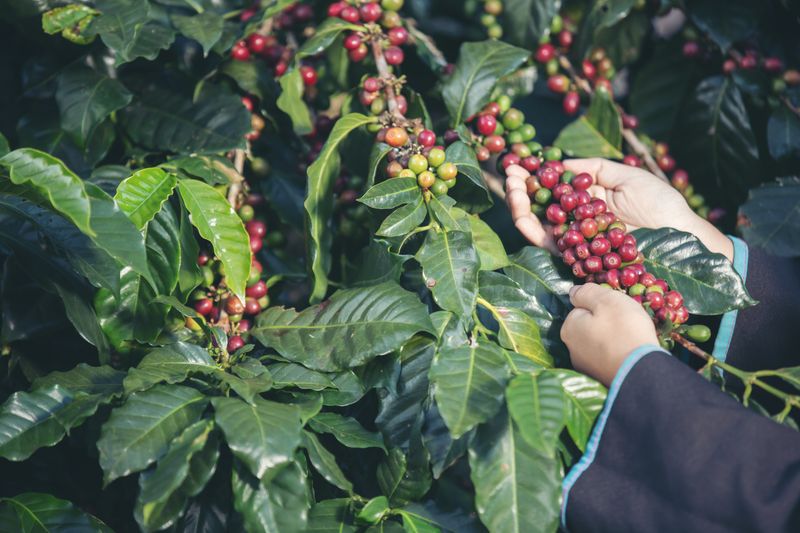
There are many factors that affect the growth of the plant and the flavor of its coffee beans including climate, elevation, soil type, and seed varietal.
Most of the world's coffee is grown within the Bean Belt. It include countries in:
Central America —smooth, fruity, slightly nutty, grown in very high-high altitudes
South America — slightly sweet, mellow, with hints of caramel and honey, grown in medium-high altitudes
Asia — woody, earthy, grown in medium-low altitudes
Africa — fruity, floral, hints of wine and berry, grown in very high-high altitudes
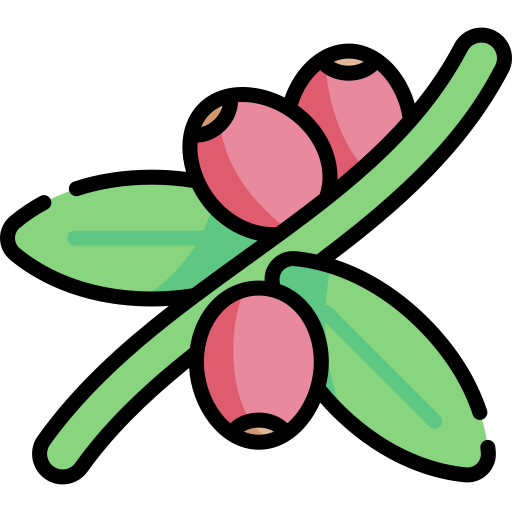
The coffee fruits are processed to remove all the sticky layers. This involves the use of machinery or fermentation techniques and will influence the flavor of the coffee. To learn more about coffee processing methods visit this link.
Did you know?
Types of Coffee Beans
Types of Roast
After coffee beans are harvested, they need to be roasted to reduce moisture and bring out natural flavors and aromas.
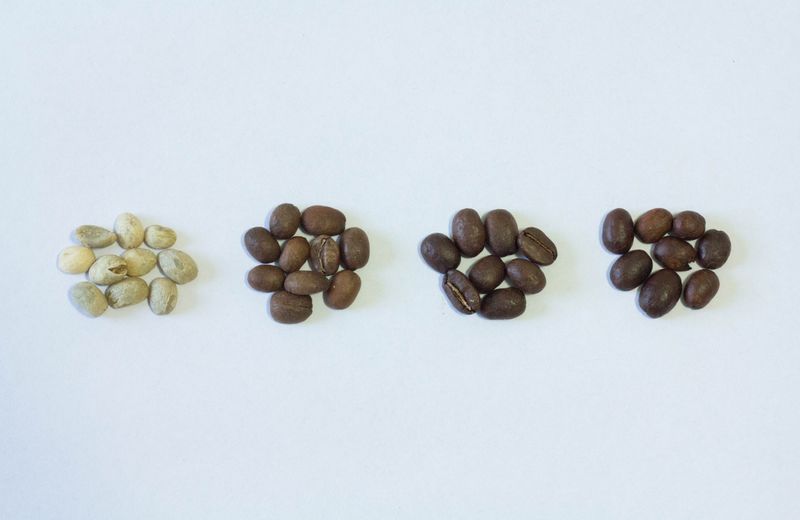 Photo by Ochir-Erdene Oyunmedeg on Unsplash
Photo by Ochir-Erdene Oyunmedeg on UnsplashThere are 4 general categories of roasted coffee beans :
Light Roast: Light brown color with no oil on the surface, mild flavor, more caffeine and less aroma than darker roasts.
Medium Roast: Medium brown color with no oil on the surface, strong flavor.
Medium Dark Roast: Dark brown color with some oil on the surface, bittersweet flavor.
Dark Roast: Shiny black color with oily surface, bitter flavor.
💡It's time to test your knowledge!
Jules wants to have a cup of coffee that has an earthy aroma with the maximum caffeine impact.

Quiz
Which type of coffee should Jules choose?
Light roasted beans have the most caffeine, so Jules' first choice is a light roast over a medium-dark to dark roast. Next, she needs to consider where the beans were grown to find the right aroma. Asian beans tend to have an earthy aroma.
Did you know?
Choice of Grinds and Brews
Coffee beans are ground to different sizes which is important when choosing the brewing method. If too much flavor is extracted because the grind isn't compatible with the brew method, the taste could be bitter. Too little extracted and your coffee could taste sour.
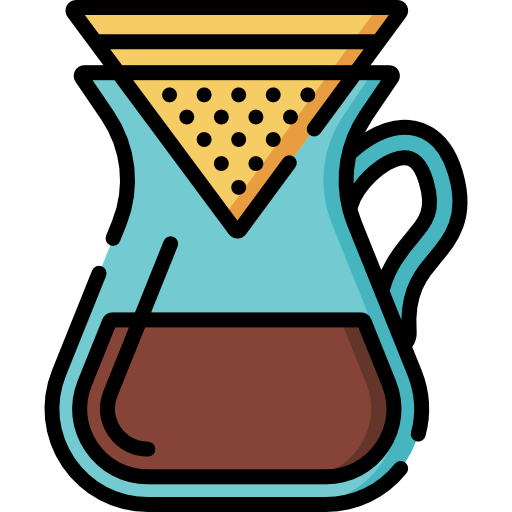
Here are some suggestions on how to brew coffee according to the grind:
Ground: Brew Method
Extra coarse: cold brew
Coarse: French press, percolator
Medium coarse: drip
Medium: pour over (3+ min brew)
Medium fine: pour over (2-3 min brew)
Fine: espresso
Extra fine: Turkish
Drip: Hot water drips onto medium-coarsely ground coffee beans, through a filter, and into a carafe. Use a medium roast.
 Photo by The Matter of Food on Unsplash
Photo by The Matter of Food on UnsplashPour over: Hot water is poured over medium-finely ground beans in a filter. Use a medium roast.
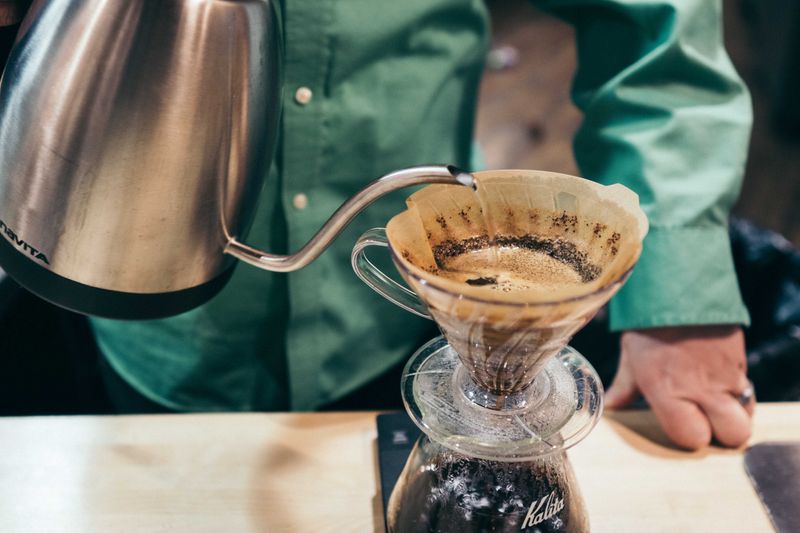 Photo by Battlecreek Coffee Roasters on Unsplash
Photo by Battlecreek Coffee Roasters on UnsplashDid you know?
Take Action
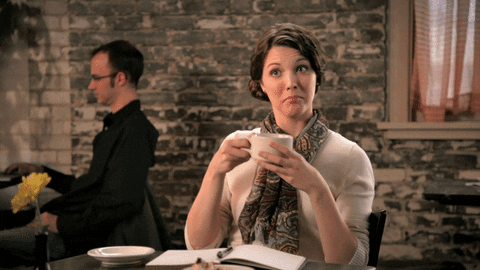
Armed with the knowledge from this Byte, you can now make a cup of joe that perfectly suits your tastes!
This Byte has been authored by
Jennifer Benaggoun
Learning Designer
This Byte has been reviewed by
Lana Do
MD, MPH, BCMAS

